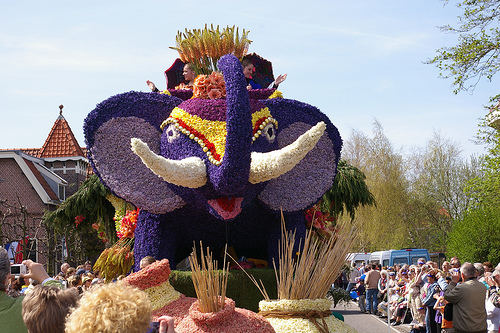Almost everyone who loves art loves Claude Monet's paintings. The beautiful paintings of his waterlilies, the "series" he created of the haystacks, Rouen cathedral, Charing Cross bridge, Venice, and poplar trees.
If you love art and you are visiting Paris, the Musée d'Orsay, with dozens of Monet paintings, is probably at the top of your sightseeing list. But if you love Monet, don't miss another must-see museum, the Musée Marmottan Monet, which houses the largest collection of Monet works in the world.
In 1957, the museum was fortunate to receive a large donation from the private collection of Mrs. Victorine Donop Monchy which she inherited from her father, Dr. George Bellio. Dr. Bellio had purchased or been given these paintings as tokens of appreciation for the patients he cared for, some of whom were Édouard Manet, Camille Pissarro, Alfred Sisley, Pierre Renoir and Claude Monet. One was the painting that gave the movement its name, Impression, Sunrise.
Impression, Sunrise by Claude Monet Photo: http://www.marmottan.com/
The Train in the Snow by Claude Monet Photo: http://www.marmottan.com/
Jacque Carlu, then curator of the museum, built a special exhibition space for the Monet collection in a lower level of the museum. Reminiscent of the hall designed for Monet's Water Lilies murals in the Musée de l'Orangerie, the special exhibition space is a large, open room space which allows visitors to follow the significant stages of the Monet's path as a painter and follow the evolution of his technique and the progression of his work, as well as to view his canvases both up close and from afar. Several works were painted between the years 1919 and 1923 when his eyes were suffering from cataracts. Monet finally had an operation to remove the cataracts and was able to resume his painting; he mainly concentrated on his Water Lilies murals found in the Musée de l'Orangerie.
Musée Marmottan Monet also has an exquisite collection of Impressionist paintings by other artists. In 1987, the museum was again the recipient of a outstanding private collection of paintings. Educated as a lawyer in the 1890s, Henri Duhem renounced his career to devote himself completely to painting. Duhem was also a passionate collector. He acquired many paintings, many by his artist friends and succeeded in forming a very impressive collection consisting of paintings, pastels and sculptures by Boudin, Corot, Gauguin, Guillaumin, Monet, Pissarro, Renoir and Rodin. Following the wishes of her adoptive parents, daughter Nelly Sergeant-Duhem donated the entire collection to the museum in 1987.
And most recently in 1996, the museum was again the recipient of one of the most important French collections of avant-garde paintings when Denis and Annie Rouart donated their collection of prestigious works by Berthe Morisot, Édouard Manet and Edgar Degas. This collection had special meaning to the Rouarts. Denis Rouart was the son of Julie Manet who was the daughter and only child of Eugène Manet (Édouard's brother) and Berthe Morisot. Denis inherited the collection directly from his grandmother, Berthe Morisot. The museum now holds over 80 works by Berthe Morisot. (A personal note: Berthe Morisot is my favorite painter.)
Eugène Manet and his Daughter in the Garden of Bougival by Berthe Morisot Photo: http://www.marmottan.com/

Rose Trémière by Berthe Morisot Photo: http://www.marmottan.com/
GETTING TO THE MUSEUM:
Directions: Take Métro Line #9 (Direction: Pont des Sèvres) to the La Muette stop. Exiting the Métro station, follow the brown signs down Chaussée de la Muette which turns into Avenue du Ranelagh. Turn right onto Avenue Raphaël then left onto Rue de Boilly. You can also cut through the park with the children's carousel to the museum. The museum is located at Rue de Boilly 2.
Musée Marmottan Monet located on Rue de Boilly.
BASIC INFORMATION:
- Musée Marmottan Monet is closed on Mondays.
- Open Tuesday from 11:00 - 21:00.
- Open Wednesday through Sunday 11:00 - 18:00.
- Paris Museum Pass cannot be used at this museum.
- The current entrance fee is €9.00.
- No photography is allowed.





































